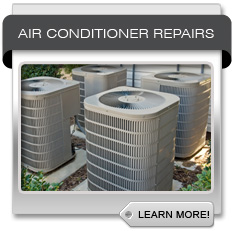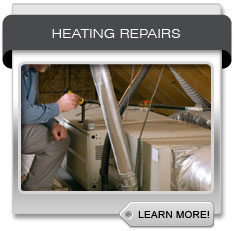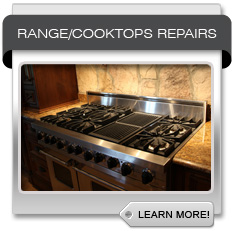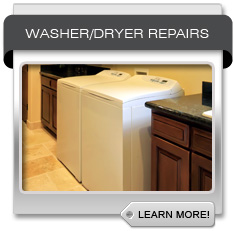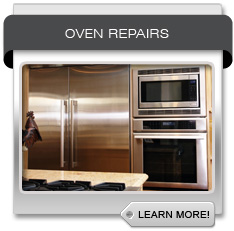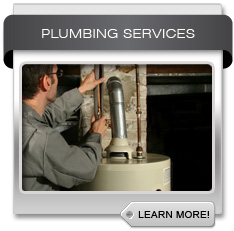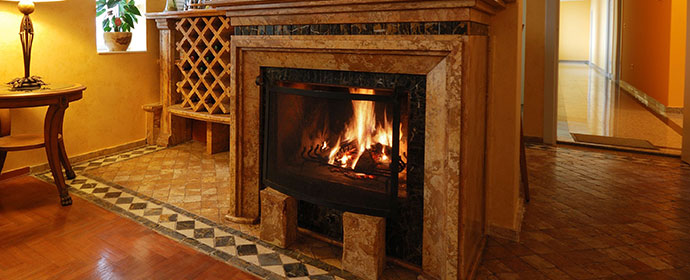Is it time to replace your chimney liner? Are you looking to do it yourself and save a few bucks?
Then you are in the right place. This article gives you a step-by-step guide on how to replace a chimney liner like a pro without having to hire chimney contractors.
Step-by-step Guide into Changing Your Chimney Liner
Without proper care and maintenance, a fireplace can pose a severe safety hazard in a home – and a chimney is by far the leading cause of concern. As part of chimney maintenance, experts recommend that you replace your chimney liner at least once every 15 to 20 years.
So here are the steps to follow to replace your chimney liner safely. However, it is essential to mention that this is a relatively complicated and involved process and is best left to the professionals. But if you are feeling confident and ready for the challenge, continue to the guide below.
Step 1. Insect the chimney and take measurements of the old liner.
You will need to know the details of the insides of the chimney. So grab a flashlight and get to work. Thoroughly inspect the chimney for anything that might pose a challenge when removing the old liner and installing the new one.
If everything is clear, go ahead and measure the diameter and length of the old liner – this will be used when purchasing the new liner.
Step 2. Prepare the tools needed for the project.
This project may not need you to be in full safety gear, but you need to prepare a pair of work gloves and safety glasses. You will also need a razor knife, power drill, and a flathead screwdriver.
You will also need to purchase the new liner following the measurements you took in step 1 (It will come as a kit containing the stainless steel chimney liner, connector, top plate, and rain cap).
Step 3. Prepare the liner
Lay the liner of a soft surface (preferably on grass) and straighten up any inconsistencies. Now apply the T connection. The part with a hole is known as the vertical part of the T, and the part with the looping hose is the horizontal T.
Start by connecting the liner to the vertical T part base and using the screwdriver to tighten the part in place.
Step 5. Pull out the old liner from the flue.
To remove the old liner, first, you will need to disconnect the T at the chimney base. Once the vertical and horizontal T parts have been detached, go ahead and pull out the old liner from the top of the chimney.
Step 6. Insert and connect the new liner
Using the vertical part of the T as the guide, drop the new liner down the chimney until you reach the thimble. It should go down smoothly if there is no barrier inside the vent. Once the vertical T reaches the thimble, it is now time to complete the T connection.
Now connect the horizontal part of the T to the vertical part of the T and, using the screwdriver, tighten them together tightly.
Step 7. Now connect the T connection to the stove
Once the T connection is in place, use the drill to make as many holes on the horizontal part of the T as there are screws on the stovepipe (most stoves have three screws per connection point). Connect the stovepipe to the horizontal part of the T and use the screwdriver to tighten it.
Step 8. Remove the excess liner at the top and install the top plate and the cap.
Now go back up to the roof and, using the razor knife, cut off any excess liner floating on top. Then carefully install both the top plate and the rain cap. Once you have installed these two, then you have successfully completed replacing your chimney liner.
Conclusion
This guide is presented in a simplified way to give you an idea of what to expect when replacing a chimney liner. However, it is important to note that the process might vary depending on the liner manufacturer of the design of the chimney.
Also, replacing a chimney liner is a job best left to a professional. A simple error can lead to severe injuries or damage to the whole chimney system, which might eventually cost you a lot of money. So call chimney relining services Bowie and get a consultation when you decide to change your chimney liner.

